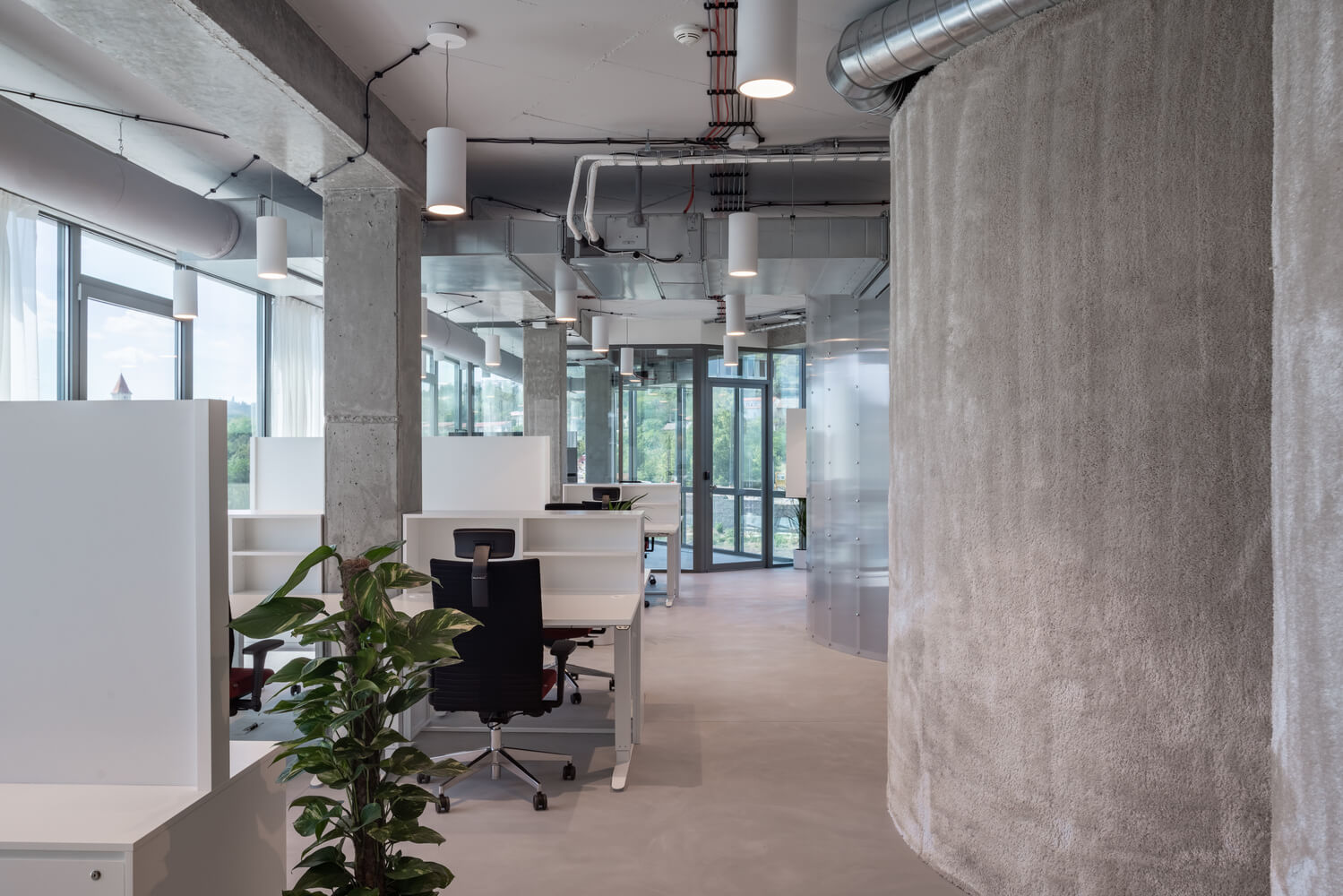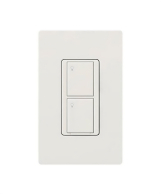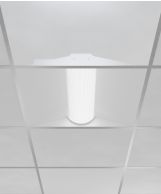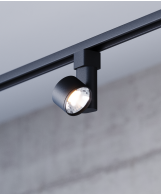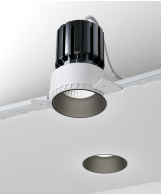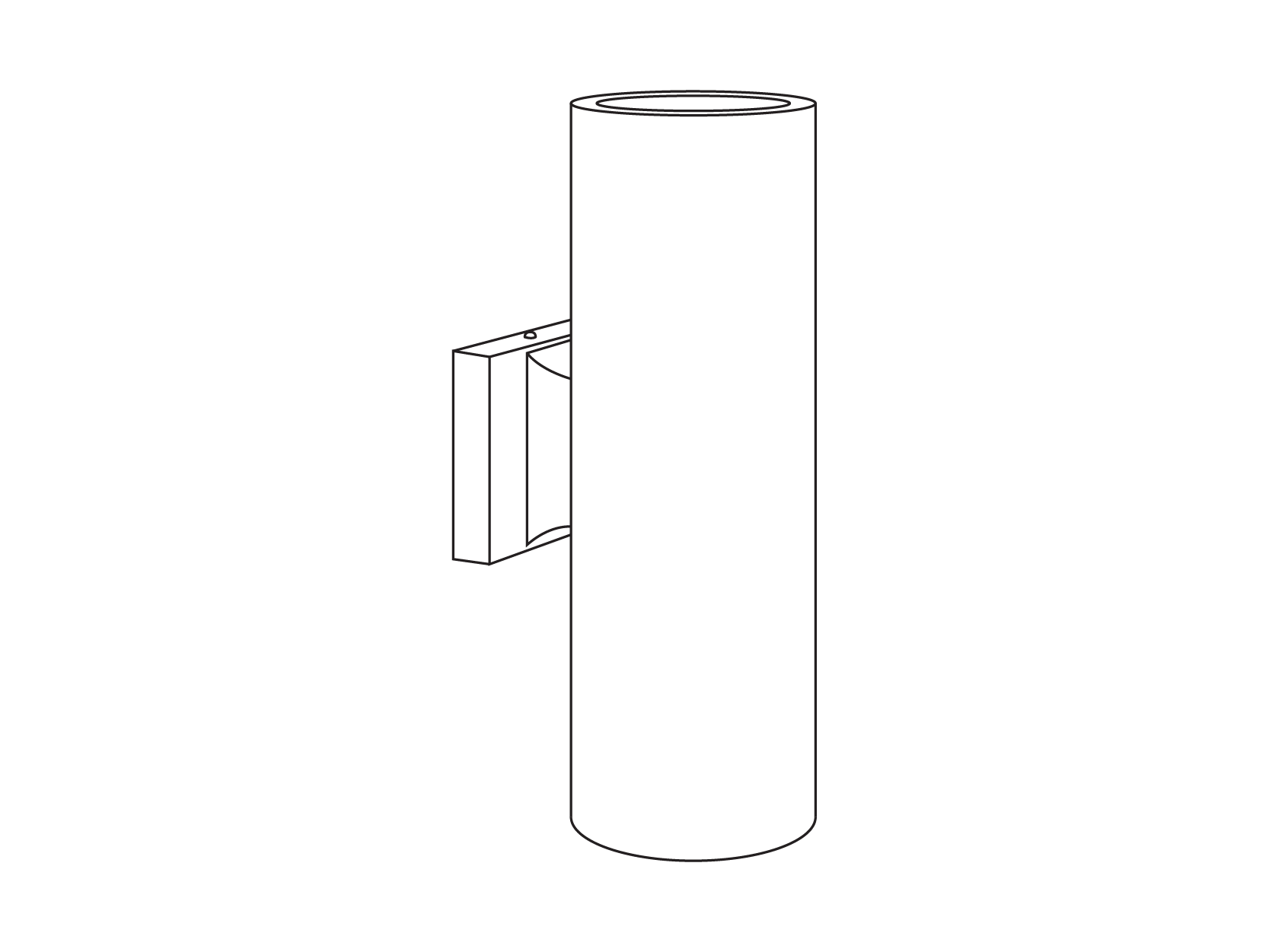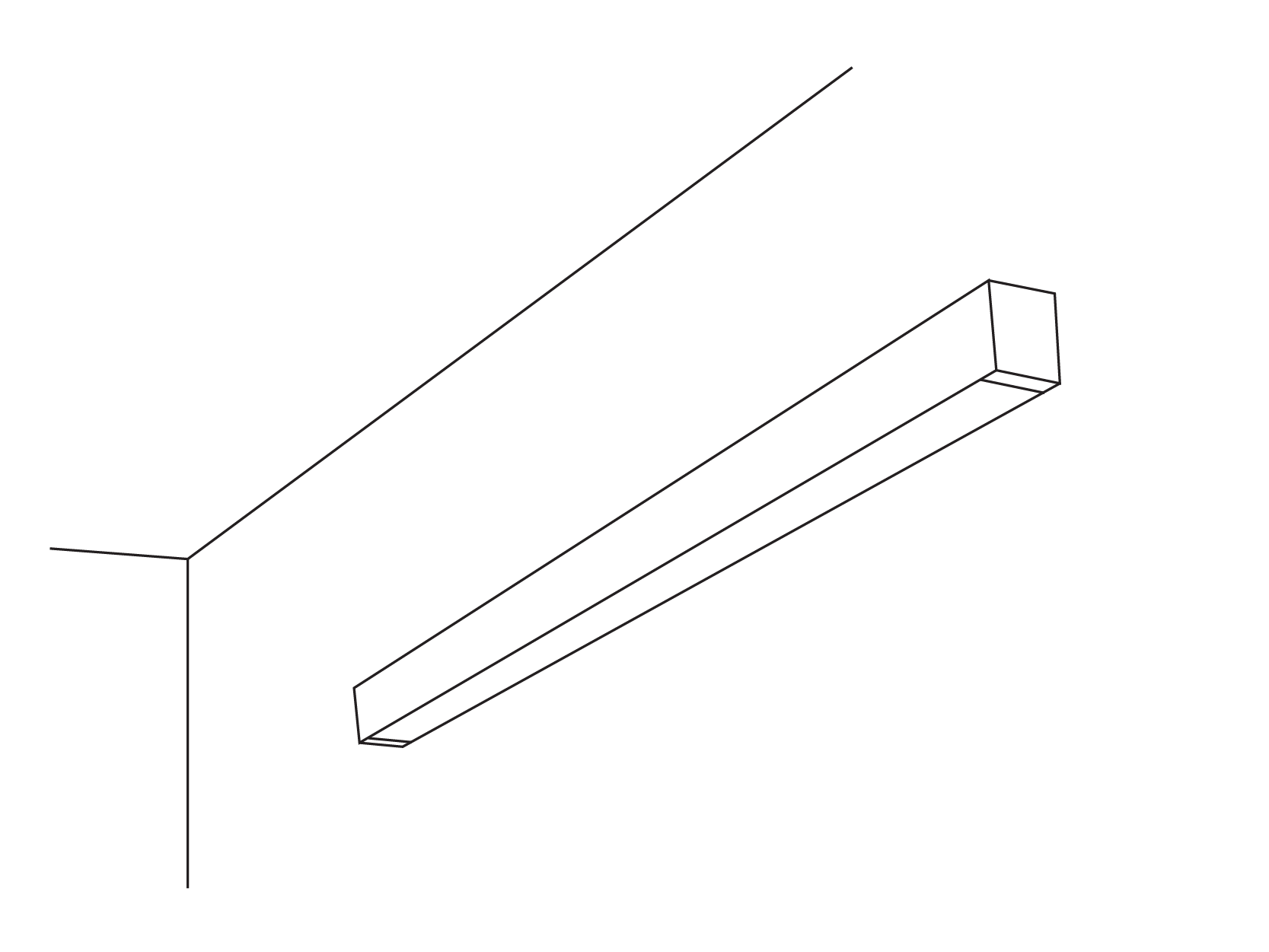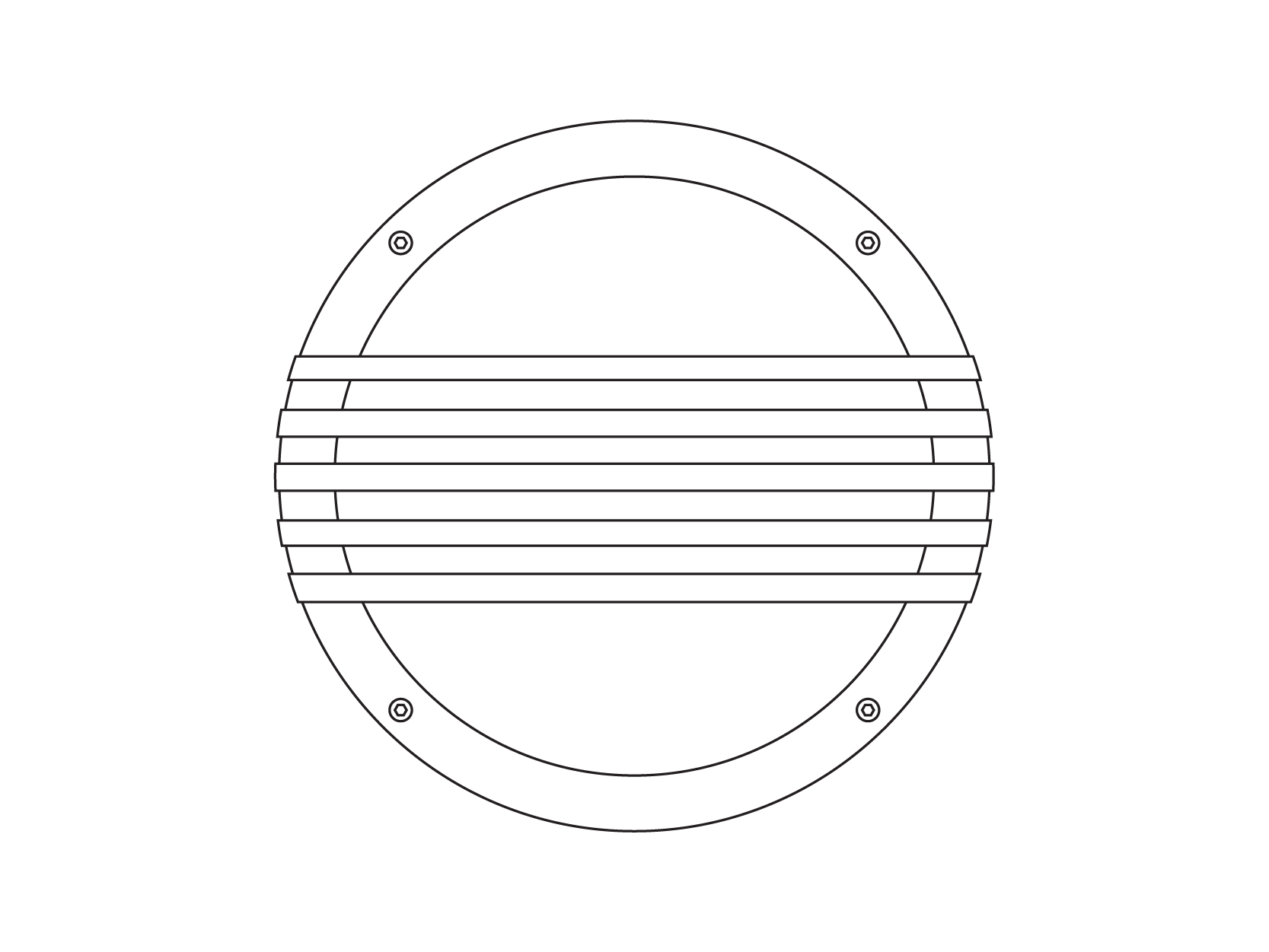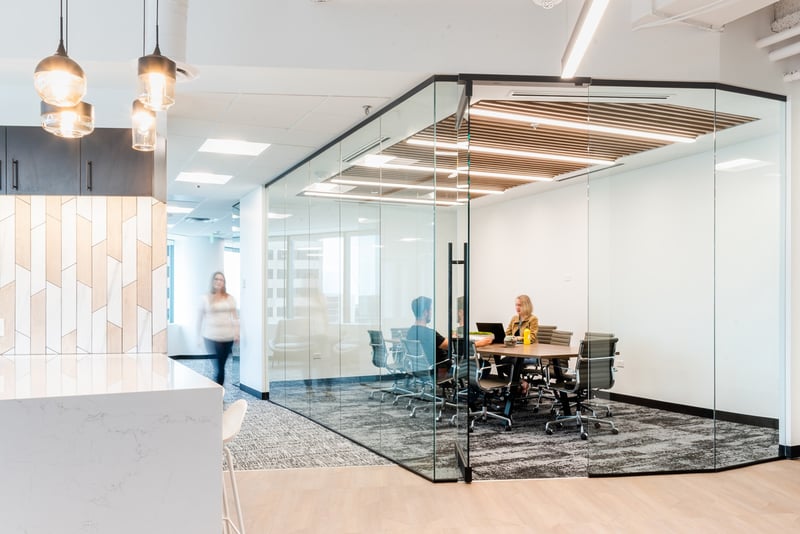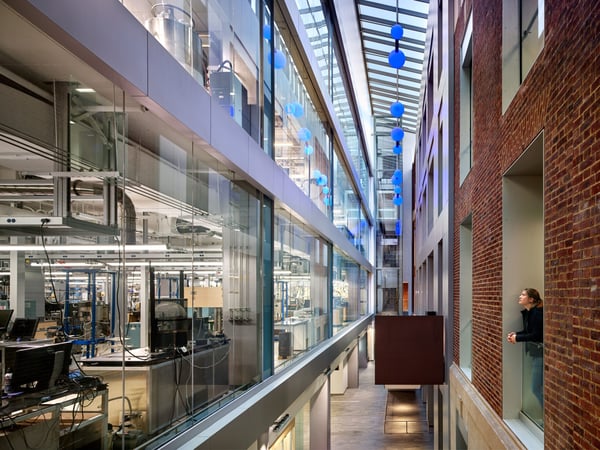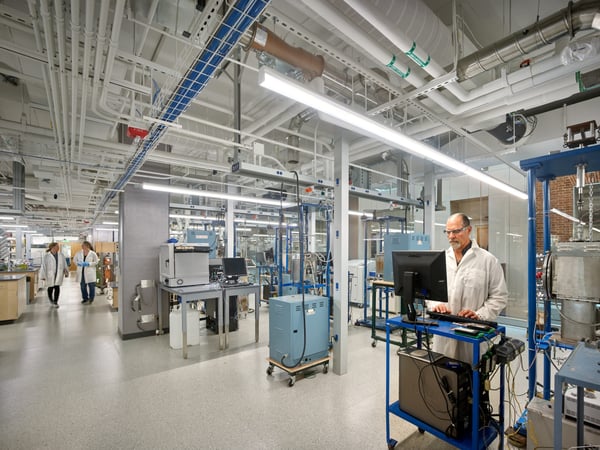LED
Office
Lighting
Sustain a healthy circadian rhythm, enhance focus and improve productivity
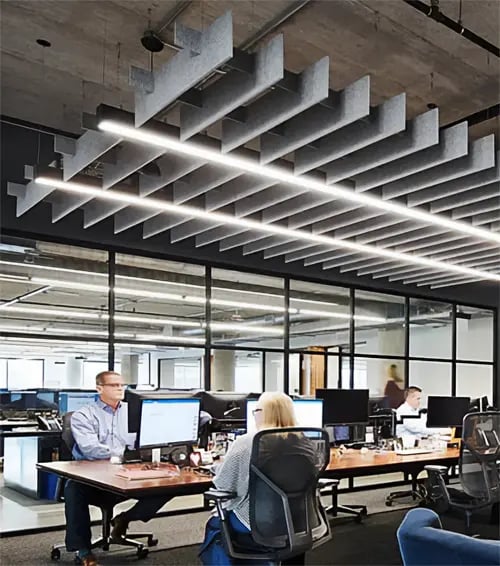
Wall light options
LED Office Lights Built for Commercial Use
Our commercial office lighting solutions help improve worker productivity and focus while reducing energy consumption. LED light fixtures reduce heat and cut energy consumption by up to 90% when paired with smart controls like daylight harvesting and occupancy sensors.
- Color-tunable LED office lights follow the sun’s daily progression to support healthy circadian rhythms
- LED lighting with advanced controls reduce heat, limit energy consumption and improve the occupant experience
- Modern office lighting designed to minimize glare and improve focus
Find light fixtures for a range of commercial office applications, from work spaces and conference rooms to lobbies, kitchens and common areas.

Applications and use
Office Lighting FAQ
-
Commercial office buildings use various types of fixtures to serve different functions. Here are some common fixture types:
- Recessed Lighting: Recessed lights are commonly used for ambient lighting in offices. Recessed lights can be adjustable to direct light in specific areas or evenly spaced to provide general illumination.
- Suspended/Pendant Lighting: Pendant lights can add a decorative element while providing focused lighting over specific work areas such as desks, conference tables or reception areas.
- Troffers: Troffers are often used in large open office areas or conference rooms to provide general ambient lighting. They offer efficient and uniform illumination.
- Track Lighting: Track lighting is versatile and suitable for highlighting artwork, accenting specific areas or providing focused lighting in areas where flexibility is required.
- Wall Sconces: Wall-mounted sconces are often used in hallways, corridors, or reception areas to add visual interest and contribute to the overall ambiance of the space.
- Emergency Lighting: Commercial office buildings are required to have emergency lighting systems in case of power outages or emergencies, including exit signs, emergency lights and backup lighting.
- Outdoor Lighting: Outdoor fixtures are essential for safety and security, including parking lots, pathways, entrances, and building facades. They improve visibility, enhance security and create a welcoming environment.
It's important to consider occupant needs when selecting light fixtures to create the best workplace lighting design plan. A combination of fixtures, strategically placed throughout the building, can provide a well-balanced lighting solution that meets both functional and aesthetic requirements.
Yes, proper lighting can help reduce eye strain among workers. Eye strain is often caused by factors such as glare, inadequate lighting levels and poor lighting design. By addressing these issues, lighting can significantly contribute to minimizing eye strain and promoting a comfortable working environment.
Here's how lighting can help:
- Sufficient Illumination: It’s important to understand footcandle requirements for tasks that workers perform in offices. Too few footcandles can lead to eye strain, as can too many. Alcon Lighting provides a Footcandle Requirement Index in our PDF Guide to Determining Lumens that can help you determine the footcandles required throughout an office space.
- Glare Reduction: Glare from overly bright direct lighting on reflective surfaces can cause eye strain, discomfort and fatigue. Indirect lighting, such as pendant uplights that direct light at the ceiling.
- Color-Tunable Lighting: The color temperature of lighting affects the visual comfort of individuals. Cooler color temperatures (bluish-white) can be energizing but may cause eye strain over time. Warmer color temperatures (yellowish-white) are generally more relaxing for the eyes. Providing color-tunable lighting with a range of color temperatures allows workers to personalize the lighting to their preference, minimizing eye strain. You can also set tunable lighting to mimic the progression of sunlight throughout the day. The Department of Energy provides a brief overview describing types of LED color-tunable products along with associated characteristics, advantages, and issues.
Generally, workers need between 50 to 75 footcandles for reading and writing. Add 20 to 50 footcandles for spaces or rooms with computers. You can use Alcon Lighting’s lumens calculator to determine the appropriate lumens for an office space based on factors, such as room size, wall color and light orientation.
Kelvin color temperature can have an effect on worker focus and productivity. Warm white lights with a color temperature below 3000K are commonly used for relaxation and winding down, which isn’t ideal for working spaces.
- Neutral white LEDs at 3,500K are commonly used executive offices and reception areas
- Cool white (4000K) is often ideal for office work spaces
- Daylight white (5000K) may be required for graphics or design offices
You may also consider tunable-white lights that allow you to adjust color temperature throughout the day to mimic sunlight.
Products with a color temperature switch allow you to field-adjust the Kelvin color temperature of your LED office fixtures with a switch control. Color temperature switches allow for three Kelvin settings. Alcon Ligthing as products that offer color temperature switch between 3000K, 3500K and 4000K, or between 3500K, 4000K and 5000K. Both ranges of color temperature switch fixtures can be suitable for offices.
We also offer some products, such as pendant lights, with a directional switch. This adjusts the light direction between downlight only, downlight/uplight and uplight only.
Color Rendering Index (CRI) is the measure of how light renders color on scale from zero to 100. The higher the CRI, the better the color rendering ability. For example, a CRI of 80 suits offices with standard paint, such as white, black and silver—while a CRI of 90 suits offices with painted colors, such as red, blue, green, red, yellow, etc.
Offices with graphic design staff or coworking spaces designed for creative professionals may call for fixtures that afford 90+ CRI.
- Energy efficiency: Reducing light intensity when full brightness is not required improves energy consumption and lowers utility costs.
- Visual comfort: Dimming enables users to customize lighting to their preferences, providing optimal visual comfort and reducing eye strain.
- Lighting flexibility: Dimmable lights adjust light levels for office activities, such as presentations, and create atmosphere at events.
- Enhanced productivity: Appropriate lighting levels can create a more conducive work environment that promotes focus and productivity.
- Extended bulb life: By reducing stress on components, such as LED chips, bulbs last longer, reducing maintenance costs.
To implement dimming in offices, you need dimmable light fixtures that are equipped with a dimming driver. There are several types of drivers available, so please specify the type of driver you need when ordering:
- Triac 2-wire forward phase dimming (also known as incandescent dimming)
- MLV 2-wire forward phase dimming (short for magnetic low-voltage dimming)
- ELV 3-wire reverse phase dimming (short for electronic low-voltage dimming)
- 0-10V 5-wire dimming
You will also need a dimmer switch or control, such as a wall-mounted dimming switch, to allow uses to control dimming in a specific area or for a group of light fixtures.
Optics, also known as range-of-view, is available in direct downlighting, indirect uplighting as well as wall wash lighting.
-
Many fixtures are available to be ordered either as a single item or as a longer item comprised of smaller pieces that can be joiend together to create a continuous run.
Continuous run fixtures generally have male and female electrical connectors, as well as housing that can connect together for seamless runs of light. Angled connectors may also be available to create geometric designs and original patterns.
Many offices have grid ceiling designs that can be ideal for linear recessed lighting. T-bar refers to the standard low-cost ceiling grid lighting system. The screw-slot system offers a center reveal, making it more aesthetically or architecturally appealing.
Yes. Alcon Lighting stocks a large selection of office fixtures. Some products may require assembly by our production team, which requires lead time. Others may be in stock and ready to ship. Our Lighting Sales Consultants can help you choose products to fit your project and its timeline.
Yes. The volume and variety of office lighting available in today’s market precludes us from cataloging every item online, though we strive to feature the most refined selection of products on our website. An Alcon Lighting Sales Consultant can help you browse and find products that may fit your needs.
Pricing varies among distribution, trade and end-user channels. Reduced pricing may be available, depending upon the quantity of fixtures required. Consider applying for TradePro, our membership club for industry and trade professionals. You can also request volume pricing on any product page on our website. Distributors please submit a job quote for reseller pricing.
First, strive to balance task and general lighting. Tunable-white lighting can also be beneficial because it can mimic the sun in a room where occupants can’t reap sunlight’s benefits in supporting a healthy circadian rhythm. allows users to control the color of light any time after installation
Tunable-white lights attune lighting to individual preferences or specific application needs. For example, a user can set an LED light fixture to follow the sun’s natural progression throughout the day or choose from standard presets (i.e., dawn, morning, midday, afternoon and evening). This can help support workers in spaces where sunlight isn’t readily accessible.
Task lighting, such as a directional desk or floor lamp, is ideal for reading. General lighting can be sufficient for reading as long as the footcandles (fc) required in a room are correctly calculated by the project designer or user. Please refer to the Footcandle Index starting on page 5 of our PDF Guide to Determining Lumens.
Figuring appropriate light levels for the uniformed workspace, according to the guide, means extending lighting power density (LPD) values from lighting a public area using 2 fc to 5 fc, to lighting visual task areas of extremely low contrast and small size using 1,000 fc to 2,000 fc.
The standard approach among designers for conference room lighting is general lighting combined with accent lighting. An architectural pendant may, for instance, be used over a table, with wall sconces and general lighting, such as can lights or troffers, also providing surrounding illumination.
Just like commercial offices, home office lighting generally needs a combination of task lighting as well as general lighting. Task lighting could be a desk lamp. General lighting can be ceiling or wall-mounted.
Indirect lighting may be another option to consider. It reduces glare from lights, which can boost focus. Fixtures that aim light up at the ceiling are a form of indirect light. There are also downlights that aim light at a reflector within the housing of the fixture.
Lighting Today’s Modern Offices
Commercial office lighting applications necessitate the use of durable high-traffic LED illumination that draws attention toward or away from product displays, work projects or spaces.
Talk to an Alcon Lighting Sales Consultant for lighting solutions that:
- Tailor lighting to the unique needs of employees and teams
- Highlight signage and displays for visitors
- Enhance branding with RGBW color changing fixtures
- Increase safety and security in hallways, exteriors and parking lots
Alcon Lighting also offers lighting that’s compliant with the Buy American Act for government and municipal office projects.
